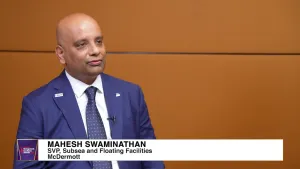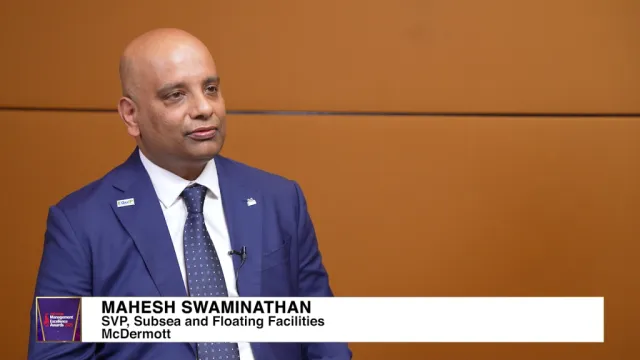
HK scraps MPF Offsetting Scheme to enhance employee protection
Starting 2025, employers are no longer allowed to offset long service and severance payments from its Mandatory Provident Fund contributions.
For decades, Hong Kong’s Mandatory Provident Fund Offsetting Scheme has been a subject of debate, with critics condemning how employees appear to be cheated out of their hard-earned money because employers are allowed to draw from their pensions to offset severance and long service payments.
This all ends in 2025 when the government greenlights the motion to abolish the scheme.
Under the Employment and Retirement Schemes Legislation (Offsetting Arrangement) Bill 2022, employers will no longer be able to use accrued benefits derived from the employer’s mandatory pension contributions to offset employee statutory severance and long service payments.
Breaking down the legal aspects of the proposed amendment, Tess Lumsdaine, partner at Baker McKenzie’s Employment & Compensation Practice in Hong Kong, gave an interview to Hong Kong Business.
“By way of background, under the Employment Ordinance (EO), an employee with at least 24 months’ continuous service is entitled to a statutory severance payment (SP) if the employee is made redundant,” said Lumsdaine. This SP is meant as financial support as an employee transitions to new employment.
She continued to elaborate on the long service payment (LSP) provision, saying: “An employee with at least five years’ continuous service is entitled to a statutory long service payment if the employer terminates the employment contract for reasons other than redundancy or summary dismissal.”
Furthermore, Lumsdaine stressed certain exceptional circumstances where an employee may still qualify for a long service payment such as when the employee “is certified by a registered medical practitioner as permanently unfit for the job and has resigned on such grounds.”
The SP and the LSP are calculated in the same way. For a monthly rated employee, the calculation is: 2/3 x last full month’s wages (capped at $22,500 or US$2,876) x years of service pro rata for any incomplete year of service.
When it comes to MPF contributions, employees earning at least $7,100 (US$907) per month, along with their employers, must make mandatory contributions to the employee’s MPF of 5% of the employee’s relevant income capped at $1,500 (US$192) each for employer and employee.
“Employers and employees may also make voluntary contributions, subject to the governing rules of the relevant scheme,” Lumsdaine said.
“At the moment, there is an offsetting mechanism under the existing arrangements where employers can use the accrued benefits derived from the employer’s (not the employee’s) MPF contributions to reduce the employee's statutory SP or LSP entitlements,” she added.
Employers will have to adjust
“To reduce the risk of large-scale dismissals before the Transition Date, a grandfathering arrangement has been put in place,” Lumsdaine said.
Addressing this, the Labour Department said, “to assist employers, especially micro, small and medium-sized enterprises, to adapt to the policy change, the Government is pressing ahead with the implementation of a 25-year Government Subsidy Scheme to share out employers’ SP and LSP expenses after the abolition.”
“The Labour Department will continue to conduct extensive publicity to help employers and employees understand the arrangements of the abolition and the Government Subsidy Scheme,” it said.
Lumsdaine explained that for the pre-transition date portion, “employers can continue to use the accrued benefits derived from the employer’s MPF contributions to offset SP and LSP entitlements before the Transition Date.
She said this is irrespective of whether the employer contributions are voluntary or mandatory.
For both SP and LSP, the calculation will be: 2/3 x last full month’s wages preceding the Transition Date (capped at $2,500 or US$319) x years of service before the Transition Date.
For the post-transition date portion, “employers cannot use accrued benefits derived from the employer’s mandatory MPF contributions for offsetting SP or LSP entitlements. This time, the formula to calculate the SP or LSP is: 2/3 x last full month’s wages preceding the date of termination of employment (capped at $22,500 or US$2,876) x years of service starting from the Transition Date.
The maximum amount of SP/LSP (the sum of the pre-Transition Date and post-Transition Date portions) is $390,000 (US$49,868). If an employee’s SP/LSP exceeds this amount, the amount in excess will be deducted from the Post-Transition Date portion.
Ensuring balanced labour welfare
“With the removal of the offsetting arrangement, Hong Kong has taken a great step forward towards better employee protection. Employees’ benefits in their MPF/ORSO schemes will not decrease after the Effective Date even if they are dismissed or laid off,” Rosanna Chu, managing partner for EY Hong Kong firm, LC Lawyers, said in a report.
“While the abolition will inevitably increase the costs of operation, it is good news for employers that the abolition arrangement will not have any retrospective effect,” Chu added.
The amendment also imposes obligations on employers to keep wage records of their employees relating to the preceding 12 months of employment.
“Pursuant to the Amendment Ordinance, employers are also now required to keep employee wage records covering the 12-month period immediately before the Transition Date. Employers should therefore ensure they comply with their record keeping obligations,” Lumsdaine said.
Employers may also consider the accounting implications of this change including the Hong Kong Accounting Standard 19 (HKAS 19) whereby companies are required to make a provision for defined benefit plans by reporting defined benefit obligations and related expenses in their financial statements.
As mentioned in the July 2023 guidance issued by the Hong Kong Institute of Certified Public Accountants (HKICPA) SP has historically been accounted for as a defined benefit plan for these purposes.
However, Lumsdaine said that “many companies may have accounted for the expected MPF offset as a reduction of the LSP liability and the net position may have been immaterial for the purposes of their financial statements.”
“Going forward, liability for LSP may not be immaterial and the HKICPA has recommended two accounting approaches to account for the offsetting mechanism,” she said.
Since the Amendment Ordinance came into effect in June 2022, it could impact financial statements starting from that date. Therefore, employers are advised to seek guidance from their auditors to understand their responsibilities in this matter.
Ultimately, the Labour Department shall be responsible for enforcing the provisions of the Employment Ordinance provisions relating to SP and LSP payment obligations and wage record keeping obligations, said Lumsdaine.



















 Advertise
Advertise








